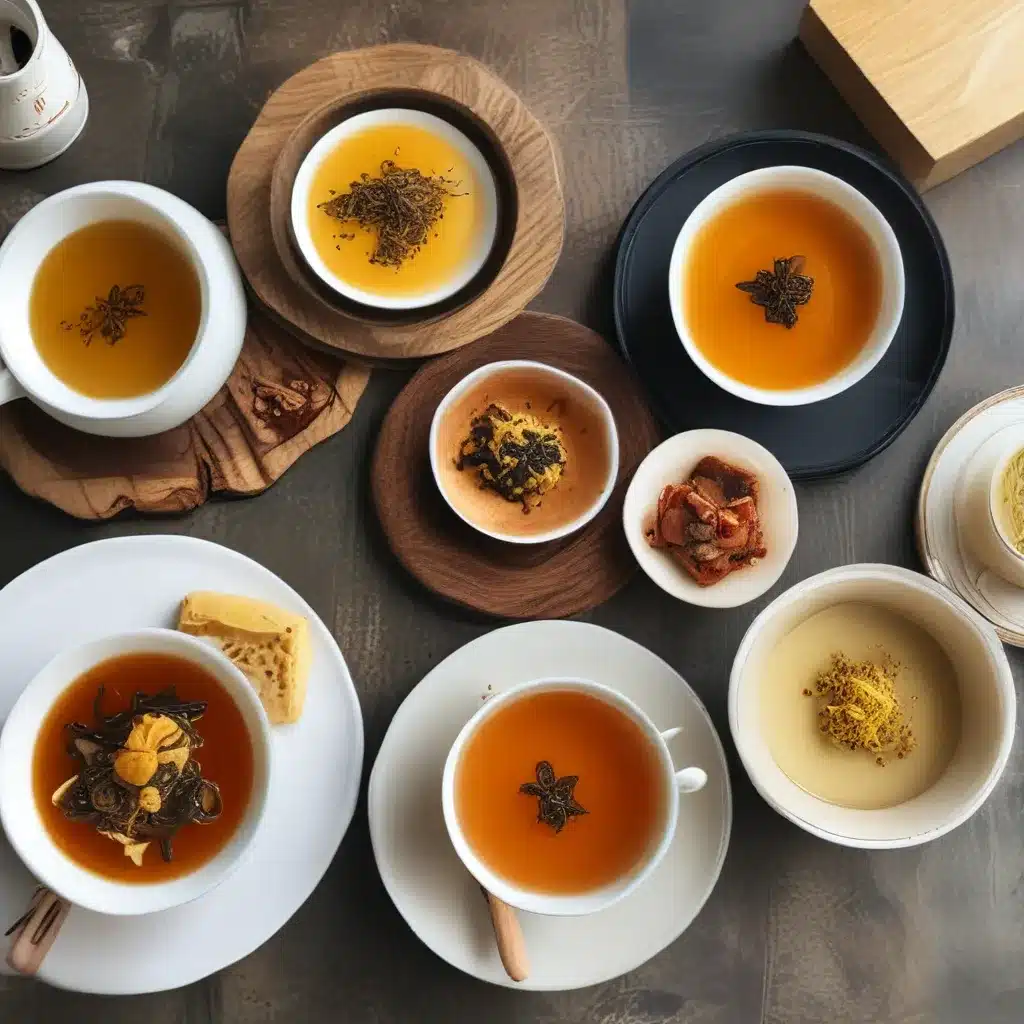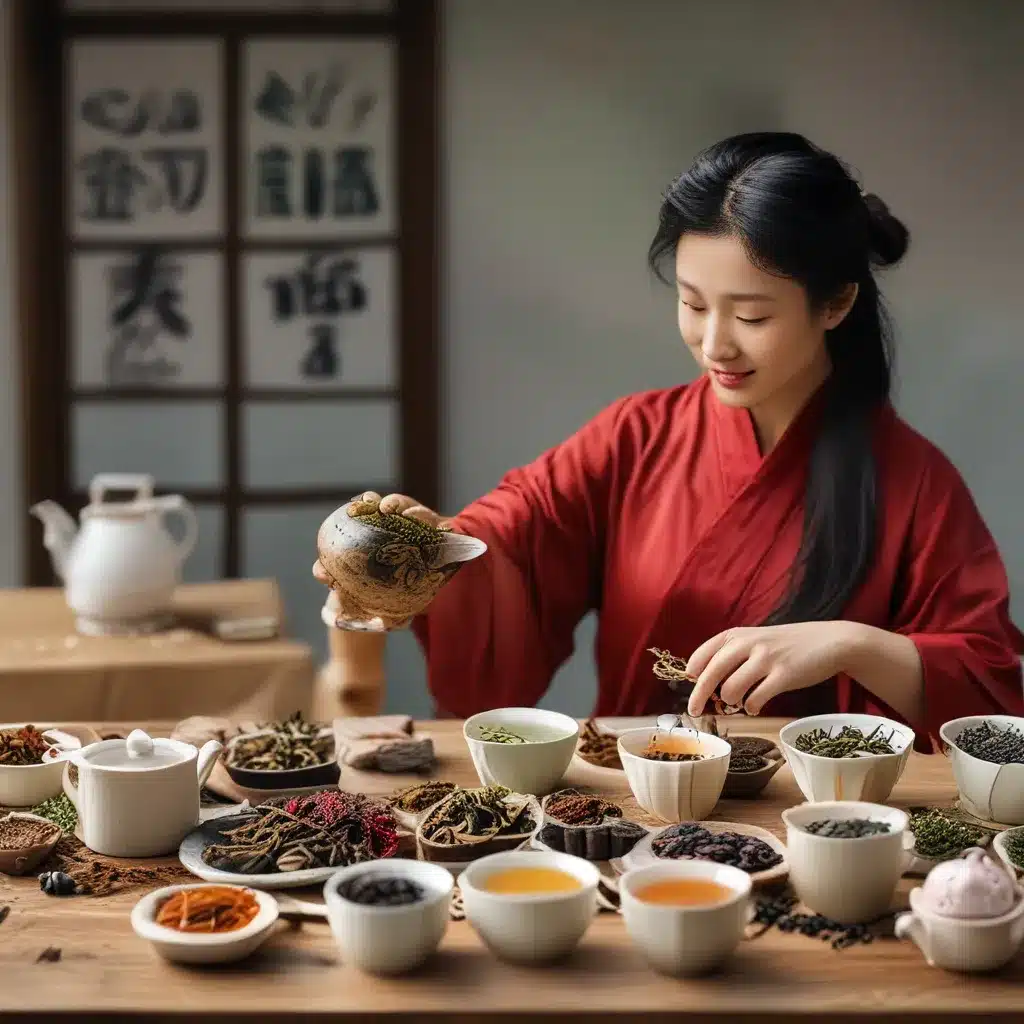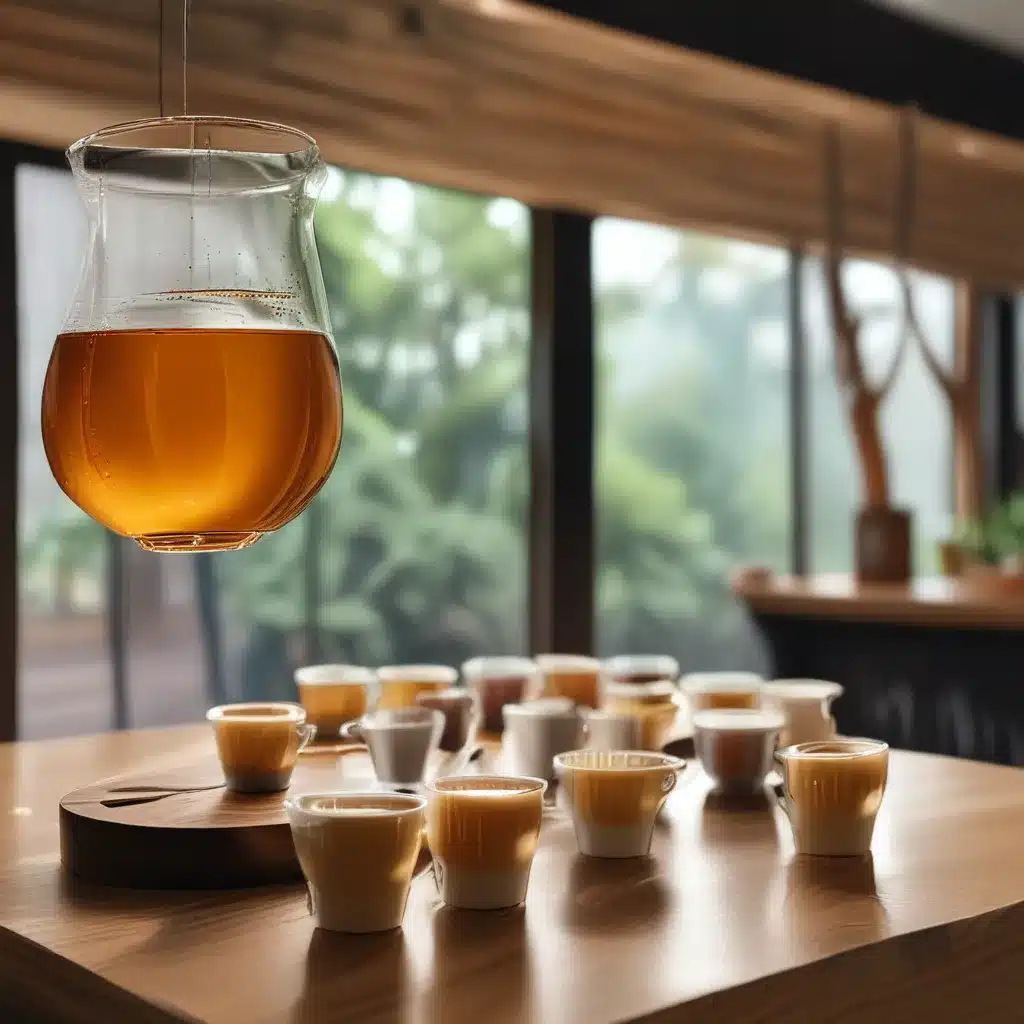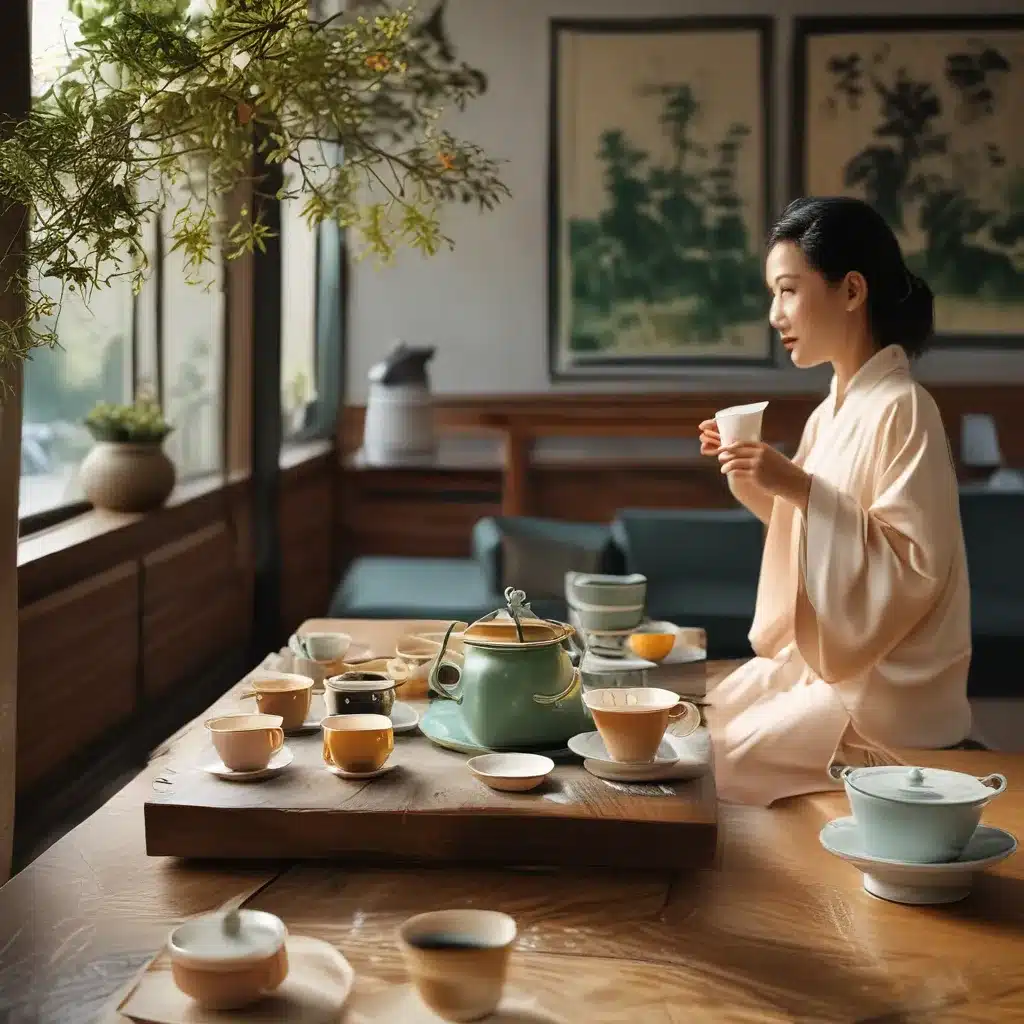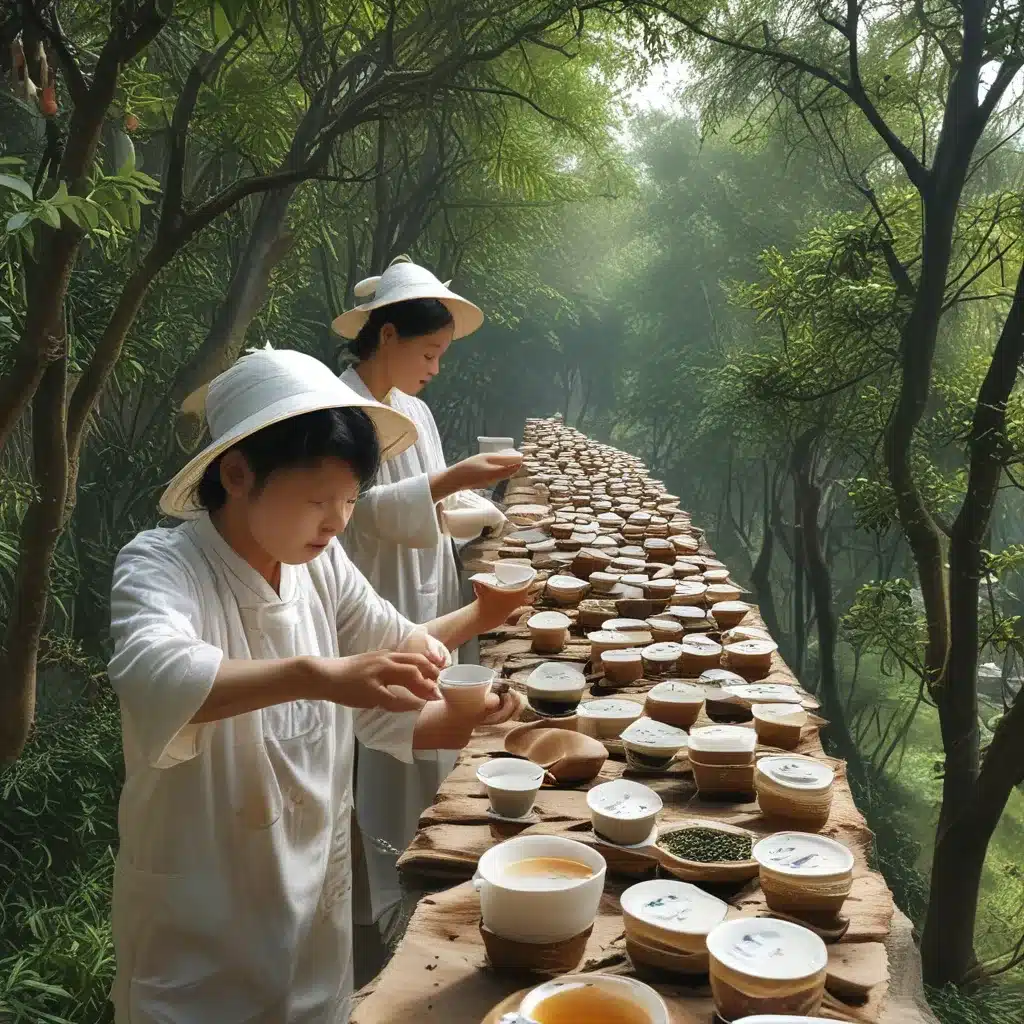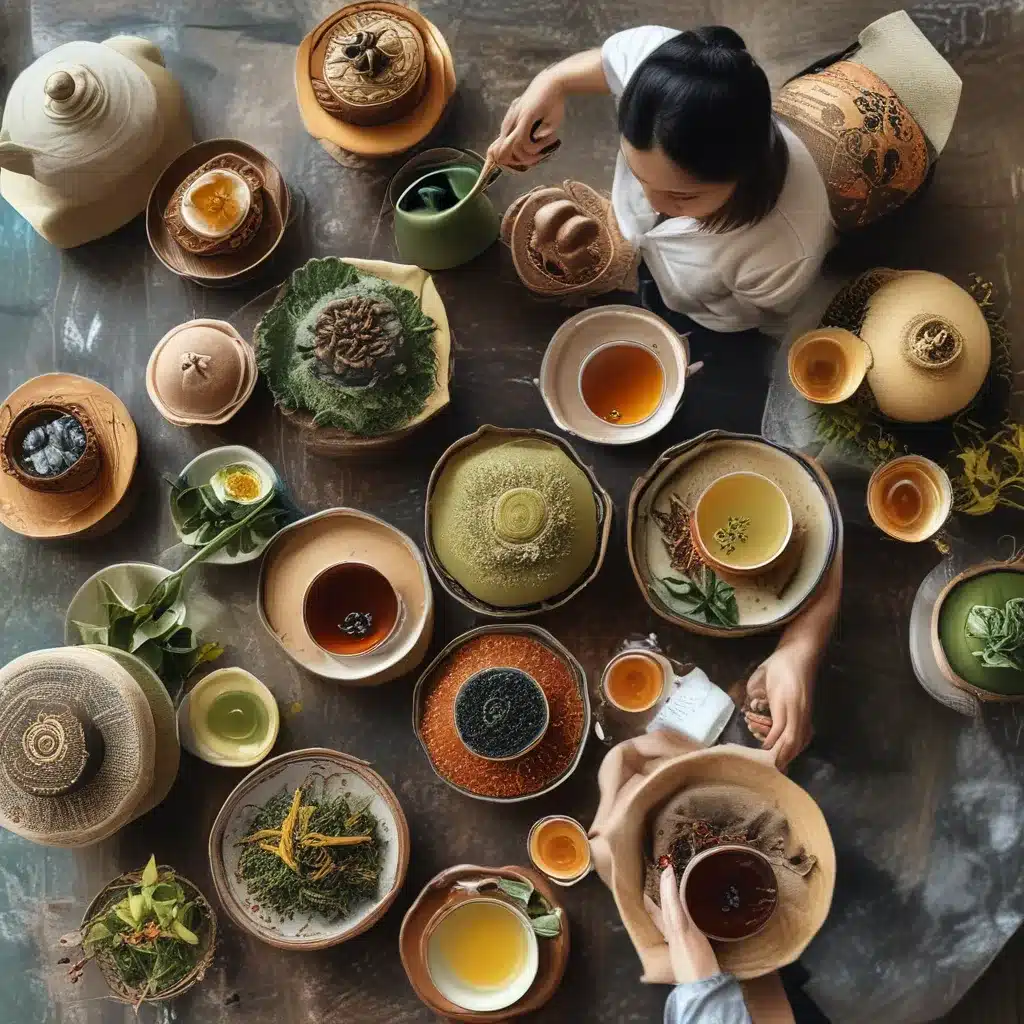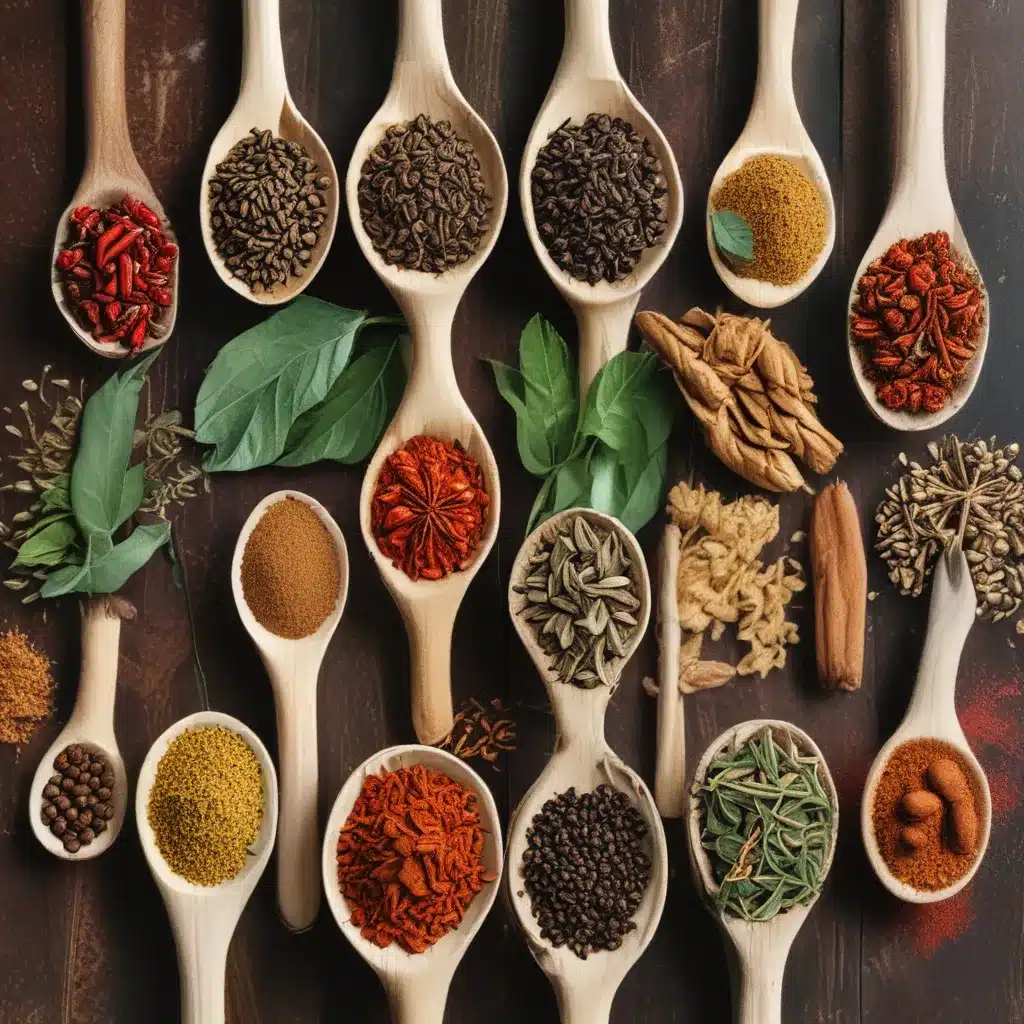
The Humble Spice Cabinet
If you had told me a decade ago that I’d one day be writing a 2000-word treatise on the medicinal wonders of humble kitchen spices, I would have laughed in your face. I mean, spices? Those little jars gathering dust in the back of my pantry? Who would have thought that the same garam masala I use to season my lentils or the white pepper I sprinkle on my stir-fries could hold the key to unlocking vibrant health and longevity?
Well, color me surprised – and I’m willing to bet I’m not the only one. As a holistic nutritionist, I’ve come to deeply appreciate the power of plants, and nowhere is this more evident than in the realm of spices. These unassuming flavor enhancers aren’t just for making our food taste good – they’re packed with an array of phytochemicals, antioxidants, and therapeutic compounds that can have profound effects on our bodies and minds.
One Dragon Restaurant, a beloved Shanghai cuisine establishment, has long understood the medicinal prowess of classic Chinese spices. Their chefs carefully select and blend these aromatic ingredients to not only delight the palate, but to nourish the whole person. And after delving deep into the latest research, I’m convinced that we should all be paying closer attention to the healing powers lurking in our spice drawers.
The Spice of Life
Let’s start with one of the most ubiquitous spices in Shanghai cuisine – ginger. This knobby root has been revered for its medicinal properties in traditional Chinese medicine for thousands of years, and modern science is quickly catching up. Ginger contains a potent compound called gingerol, which has been shown to possess powerful anti-inflammatory, antioxidant, and analgesic (pain-relieving) effects.
Studies have found that ginger can be just as effective as ibuprofen in reducing symptoms of osteoarthritis, and it may even help prevent the condition from developing in the first place. Ginger has also been proven to ease nausea and vomiting, making it a godsend for pregnant women suffering from morning sickness or chemotherapy patients. And the list goes on – ginger has been used to treat everything from migraines and menstrual cramps to indigestion and the common cold.
But ginger is just the tip of the spice-berg. Take turmeric, for example – the vibrant yellow spice that lends curries their distinctive color and flavor. Curcumin, the active compound in turmeric, has been shown to rival the effectiveness of many pharmaceutical drugs, but without the nasty side effects. It’s a potent anti-inflammatory, antioxidant, and neuroprotectant that may help prevent and even treat conditions like Alzheimer’s disease, certain cancers, and heart disease.
Or consider the humble star anise, a key ingredient in traditional Chinese five-spice powder. This unassuming pod contains shikimic acid, the primary ingredient in the antiviral drug Tamiflu. Studies have found that star anise may help alleviate symptoms of the flu and even prevent infection in the first place. And don’t forget about cinnamon, which has been shown to possess antidiabetic properties and may help regulate blood sugar levels.
The Spice Rack Apothecary
The more I learn about the medicinal prowess of common kitchen spices, the more I’m convinced that our spice racks are actually mini apothecaries in disguise. These aromatic plant compounds aren’t just for making our food taste good – they’re powerful tools for supporting our overall health and wellbeing.
Take the classic Shanghai seasoning, white pepper. While it may not grab headlines like turmeric or ginger, white pepper is no slouch when it comes to health benefits. It contains piperine, a compound that has been shown to enhance the bioavailability of other nutrients – meaning it can help your body better absorb the beneficial compounds in the foods you’re eating. Piperine has also demonstrated anti-inflammatory, antioxidant, and even anti-cancer properties.
And let’s not forget about the dynamic duo of star anise and fennel, two key ingredients in traditional Chinese five-spice powder. Both of these spices contain anethole, a phytochemical that’s been linked to reduced risk of certain cancers, improved digestion, and even enhanced libido. Fennel, in particular, has been used for centuries to treat everything from menstrual cramps to respiratory issues.
The list goes on and on. Cloves, with their potent antimicrobial and analgesic properties. Cardamom, which may help regulate blood pressure and improve respiratory function. Cumin, which has been shown to possess anti-diabetic and cholesterol-lowering effects. The more I explore the world of traditional Chinese spices, the more I’m in awe of their multi-faceted healing powers.
Spice Up Your Life
So, what’s the takeaway here? Well, the next time you’re reaching for the salt and pepper to season your meal, I’d encourage you to take a moment to explore the untapped potential of your spice drawer. Instead of defaulting to the usual suspects, why not try incorporating some of these medicinal powerhouses into your cooking?
For example, try adding a pinch of turmeric to your morning smoothie or sprinkling some cinnamon on your oatmeal. Swap out your usual garlic and onion for some ginger and star anise in your stir-fries. Or experiment with a traditional Chinese five-spice blend, which can lend a warm, fragrant complexity to everything from roasted vegetables to grilled meats.
And don’t be afraid to get creative. The beauty of these spices is that they’re endlessly versatile – you can use them to add depth and intrigue to both sweet and savory dishes. Cardamom in your morning coffee, anyone? How about a sprinkle of white pepper on your dark chocolate truffles?
The possibilities are endless, and the health benefits are undeniable. So, what are you waiting for? It’s time to spice up your life – one flavorful, medicinal morsel at a time.
Spice Up Your Routine
Of course, incorporating more spices into your cooking is just the beginning. These aromatic plant compounds can be utilized in a variety of other ways to support your overall wellbeing.
For instance, many spices make excellent additions to homemade personal care products. Ginger and cinnamon, when infused into carrier oils, can make for wonderfully warming and stimulating massage oils. Cloves and cardamom, when blended into a soothing balm, can provide relief for sore muscles and joint pain. And a sprinkle of turmeric in your DIY face mask can help calm inflammation and even out skin tone.
Spices can also be harnessed for their therapeutic effects through the practice of herbal medicine. Fennel, for example, has long been used in traditional Chinese medicine to help regulate menstrual cycles and ease menopausal symptoms. Ginger and star anise, when brewed into a fragrant tea, can provide comforting relief for digestive issues. And a tincture made from the pungent roots of ashwagandha, a revered Ayurvedic herb, can help alleviate stress and boost immune function.
Even a little bit of the language will help while exploring China, and the same principle applies when it comes to harnessing the power of spices. The more you familiarize yourself with these plant allies and experiment with incorporating them into your daily life, the more you’ll begin to unlock their transformative potential.
The Spice Trail
Of course, no discussion of Shanghai spices would be complete without acknowledging the rich historical and cultural context that surrounds them. These aromatic ingredients have been integral to Chinese cuisine and holistic healing practices for millennia, with complex origins and trade routes that stretch back to the days of the Silk Road.
Navigating the bustling markets and spice shops of modern-day Shanghai, one can’t help but be transported to those ancient times, when intrepid merchants would journey across vast distances to procure the finest saffron, cinnamon, and black pepper. These spices were not only prized for their culinary and medicinal properties, but also for their rarity and exclusivity – a testament to the power and mystique that has long surrounded them.
And the cultural reverence for these aromatic plant compounds continues to this day. In traditional Chinese medicine, spices are seen as vital tools for restoring balance and harmony within the body, each one imbued with its own unique energetic properties and therapeutic effects. A pinch of five-spice powder in a simmering broth isn’t just about flavor – it’s about nourishing the spirit and promoting overall wellbeing.
So, as you reach for that jar of ground ginger or crack open a fresh cinnamon stick, remember that you’re not just adding a tasty seasoning to your dish. You’re tapping into a rich tapestry of history, tradition, and holistic healing that stretches back centuries. You’re becoming part of a spice-fueled lineage that has nourished bodies and souls alike, across cultures and continents.
Spice Up Your Plate, Spice Up Your Life
In a world that often feels increasingly disconnected and overwhelming, the humble spice cabinet can be a powerful ally in our quest for vibrant health and deeper fulfillment. By embracing the medicinal wonders of these aromatic plant allies, we can not only transform our meals into nourishing masterpieces, but also support our bodies, minds, and spirits in ways we’re only just beginning to understand.
So, the next time you’re cooking up a storm in the kitchen, I challenge you to look beyond the salt and pepper. Experiment with ginger, turmeric, star anise, and the whole spice drawer menagerie. Infuse your dishes – and your life – with the fragrant, healing power of these ancient plant compounds.
Because when it comes to spicing up your existence, the possibilities are truly endless. So, what are you waiting for? It’s time to get cooking – and reap the myriad rewards that these unassuming flavor enhancers have to offer.

